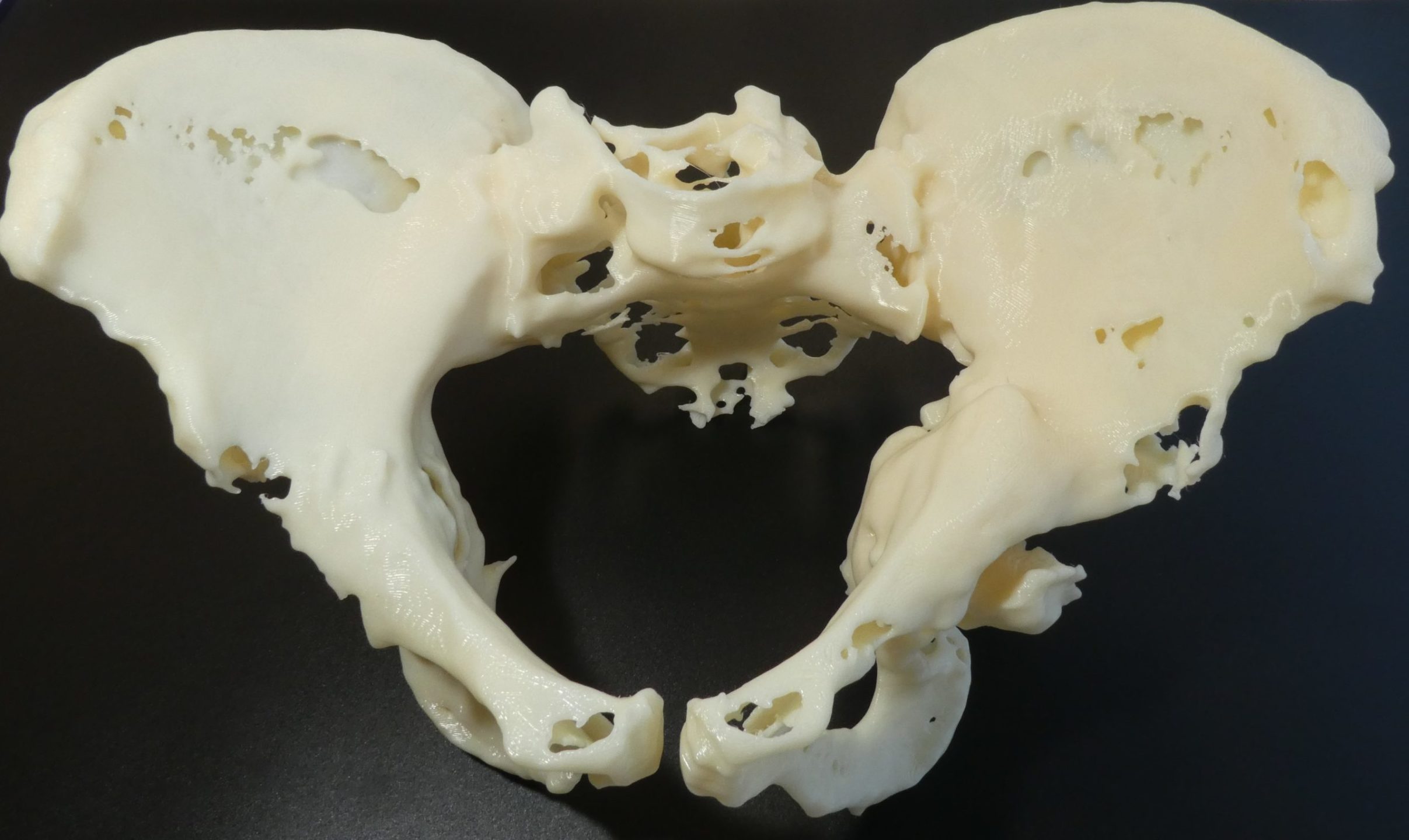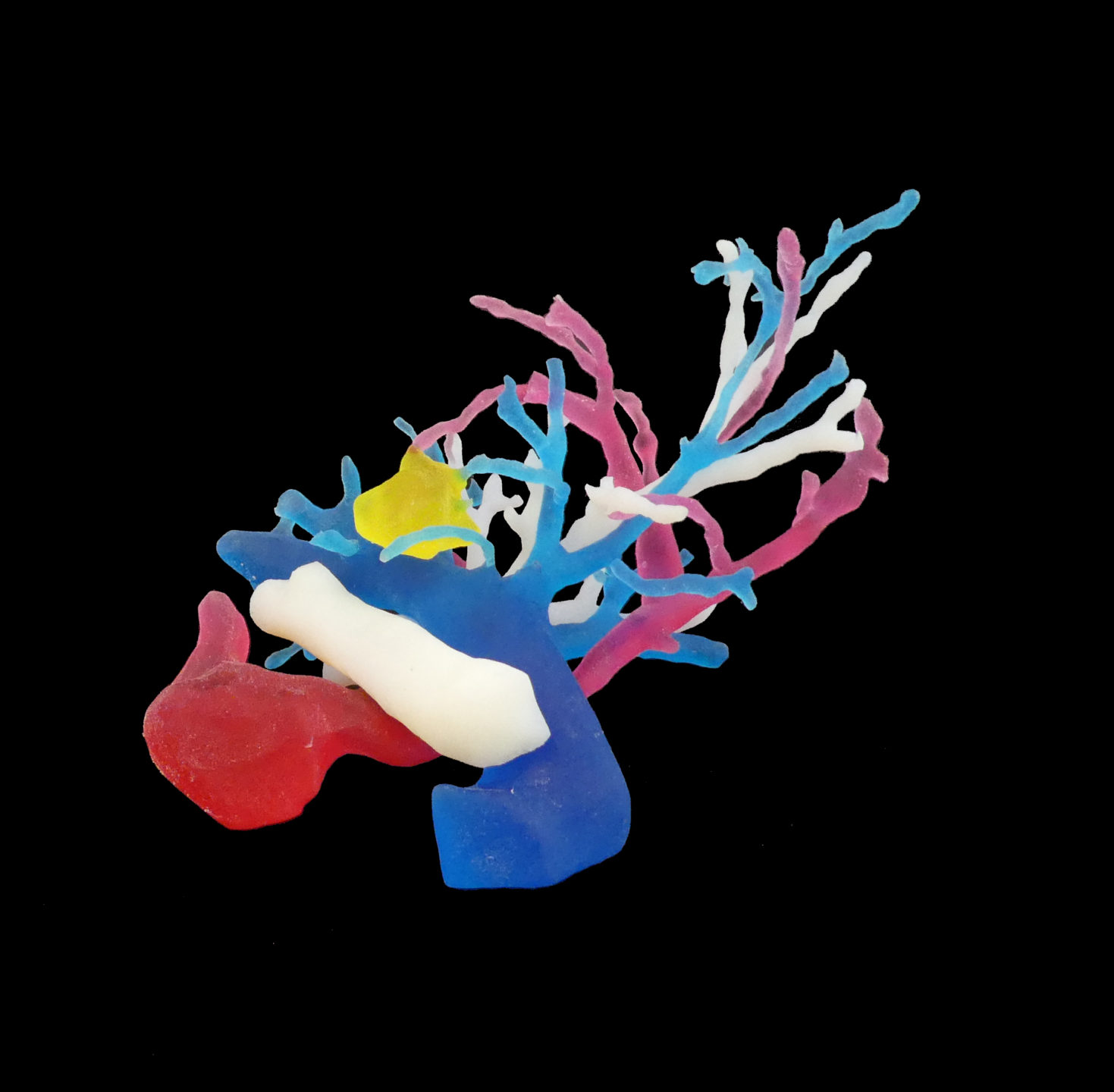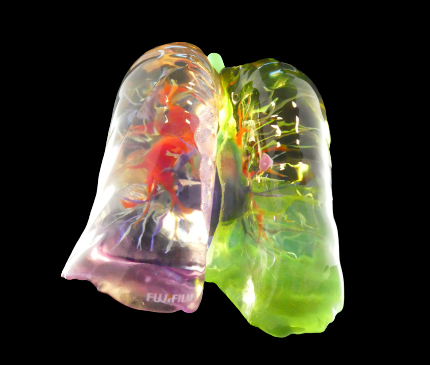Anatomical models to explain and inform patients, caregivers & clients

BONE 3D offers personalized support for the construction of your anatomical model project.
Some key figures on the use of anatomical models:
« In 47.5% of cases, 3D model helped redefining the surgical approach »
Israel Valverde et al. Three-dimensional printed models for surgical planning of complex congenital heart defects: an international multicentre study, European Journal of Cardio-Thoracic Surgery, Volume 52, Issue 6, December 2017, Pages 1139–1148
Respondents felt that the use of 3-D models will “very likely” improve the quality of care (88%[15 of 17]), improve surgical outcomes (82%[14 of 17]), improve the surgical approach (71% [12 of 17]),and improve patient safety (65% [11 of 17])
Matsumoto JS, Morris JM, Rose PS. 3-Dimensional Printed Anatomic Models as Planning Aids in Complex Oncology Surgery. JAMA Oncol. 2016 Sep 1;2(9):1121-2. doi: 10.1001/jamaoncol.2016.2469. PMID: 27533241.
Unique 3D printed anatomical models for everyday issues
You are a caregiver : gain surgical ‘experience’ and communicate about your operations

You are a healthcare industry : value your image and your healthcare products

Frequently asked questions
An anatomical model is a realistic representation of a specific region of the body derived from 3D imaging data. Closer to the real anatomy of the patient than traditional plastic models, it is made of various materials that accurately reproduce each tissue.
Anatomical models are particularly appreciated by healthcare professionals for preoperative planning of complex surgical procedures (e.g., validation of implant design in maxillofacial surgery).
Anatomical models are also excellent teaching tools used for training caregivers in universities or private training centers.
Finally, they are very good communication and demonstration tools for all health care stakeholders (caregivers, manufacturers, administration, etc.), especially for the presentation of a new medical device and for training personnel in its use.
Yes, 3D printing is a fast process, unlike molding or other industrial processes (about 5 weeks delay)
We suggest you print only the area of interest to make the printing process faster.
To avoid delivery delays, we suggest you take a look at our HospiFactory: the installation of printers on site will facilitate the supply of 3D printed parts.
Our teams are currently working on studies to produce sterilizable parts for the hospital (by autoclave or cold sterilization).
In the meantime, we can also propose you to use a sheath, which can be an alternative to take your anatomical model to the operating room.
Cadaveric models require expensive facilities (transportation, storage and preparation) and prior authorizations. This is not within the reach of every medical school or hospital.
Anatomical models are an alternative way to practice and develop skills comfortably on reusable models.
Yes, we need your patient’s consent to create a template from their data.
Also, it must be anonymized to fully comply with the General Data Protection Regulation (GDPR).